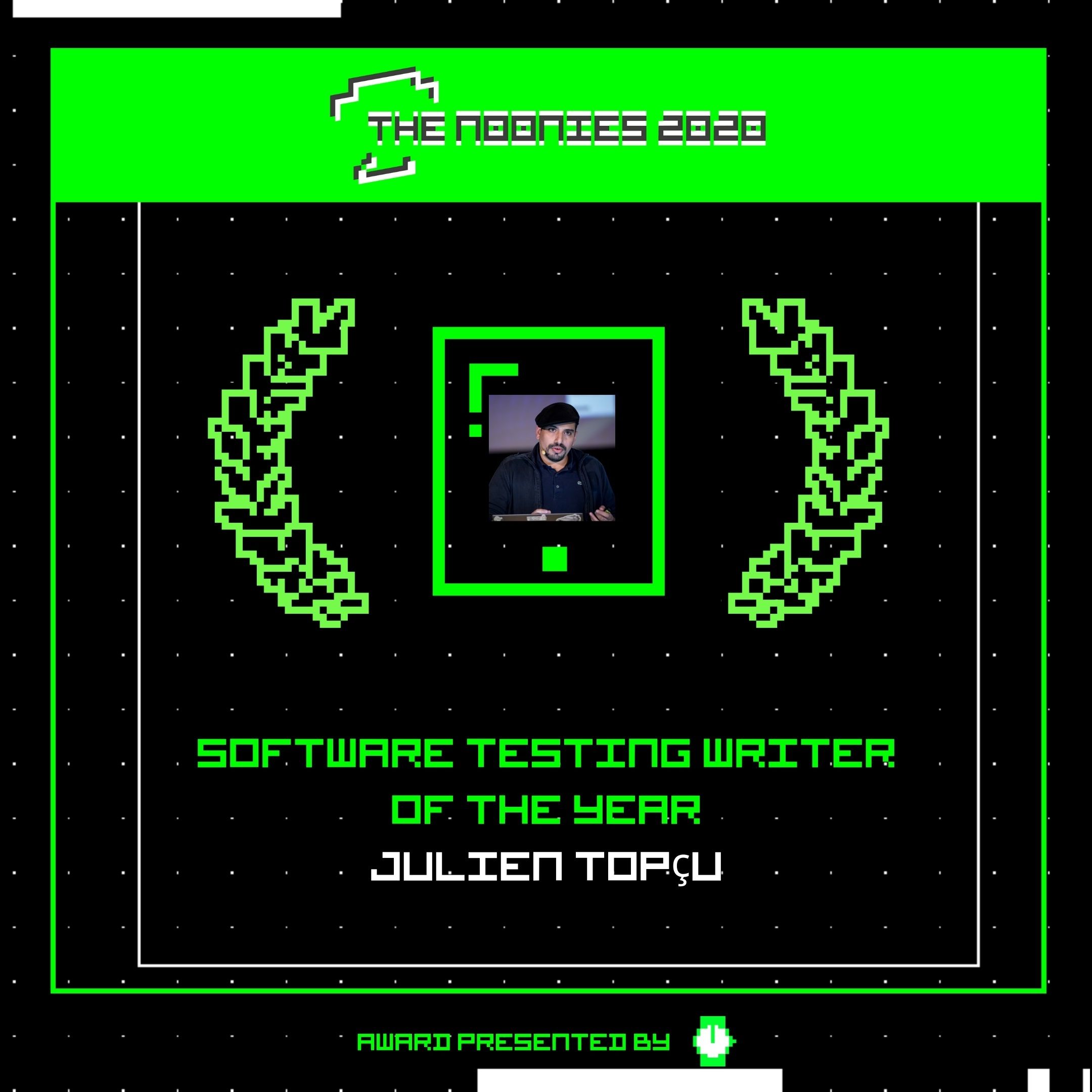957 reads
Behavior-Driven Development From Scratch [101]
by
October 26th, 2019

"value creation" methodologies activitst. OWASP member, striving to convey the DevSecOps philosophy
About Author
"value creation" methodologies activitst. OWASP member, striving to convey the DevSecOps philosophy